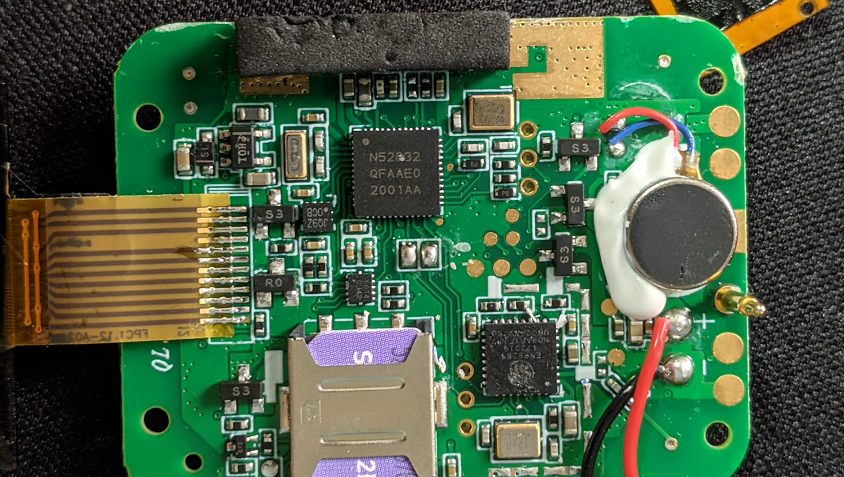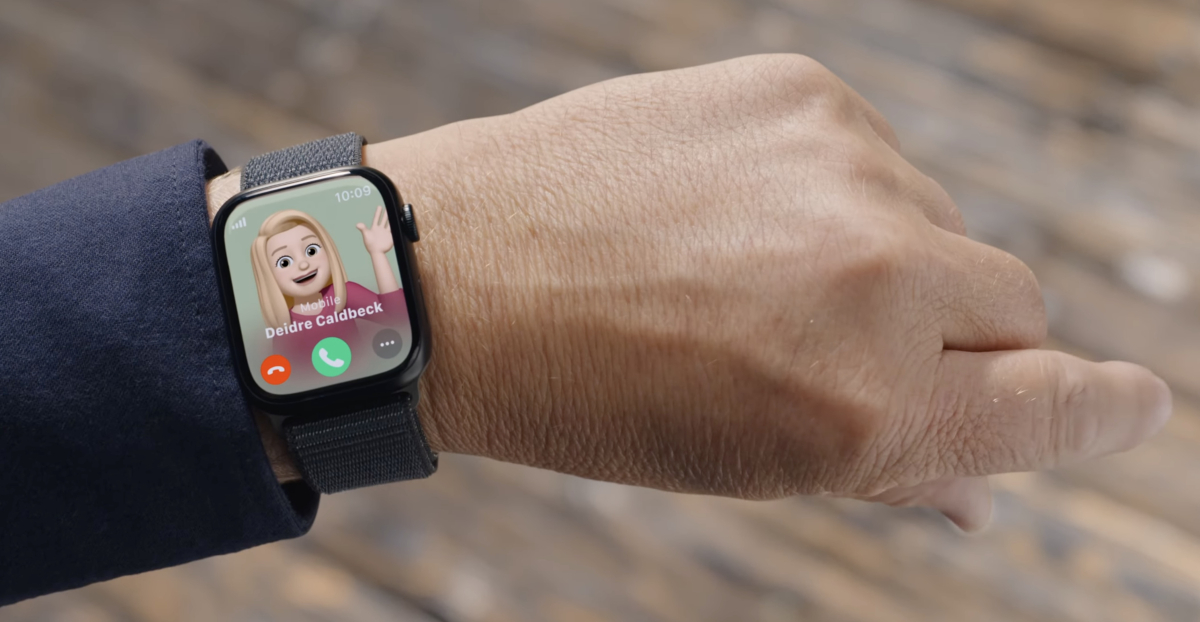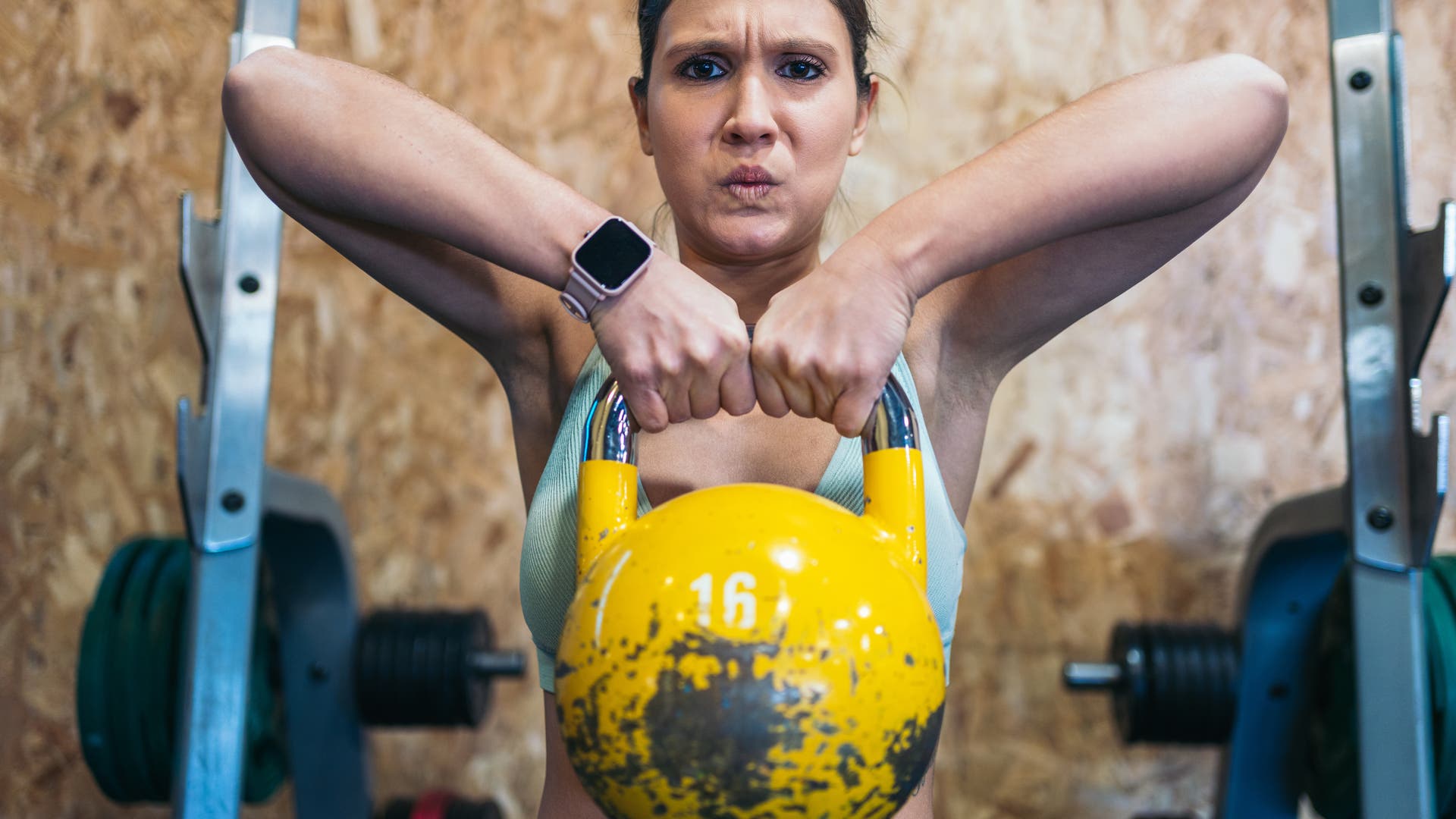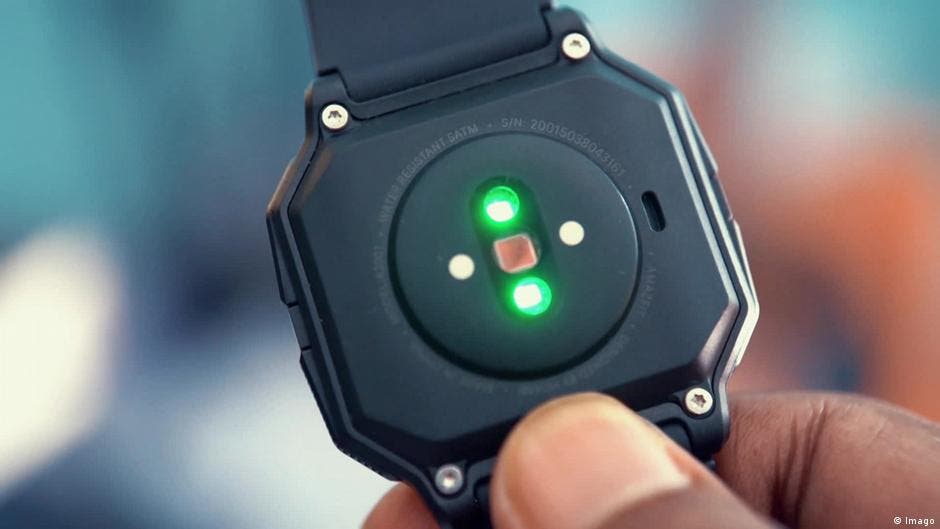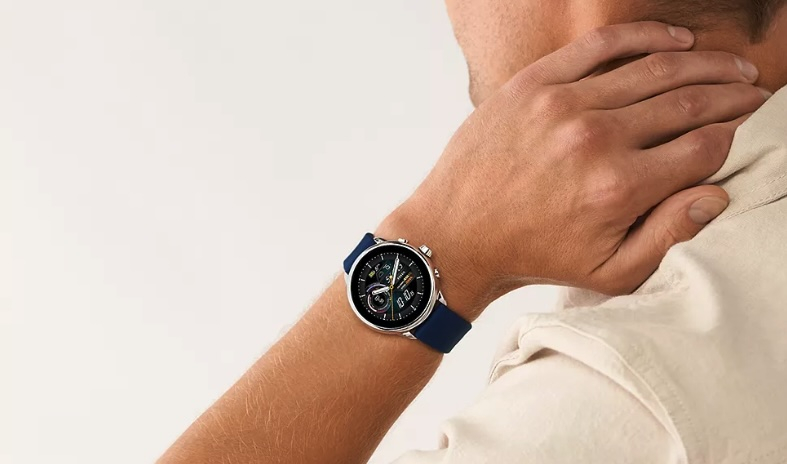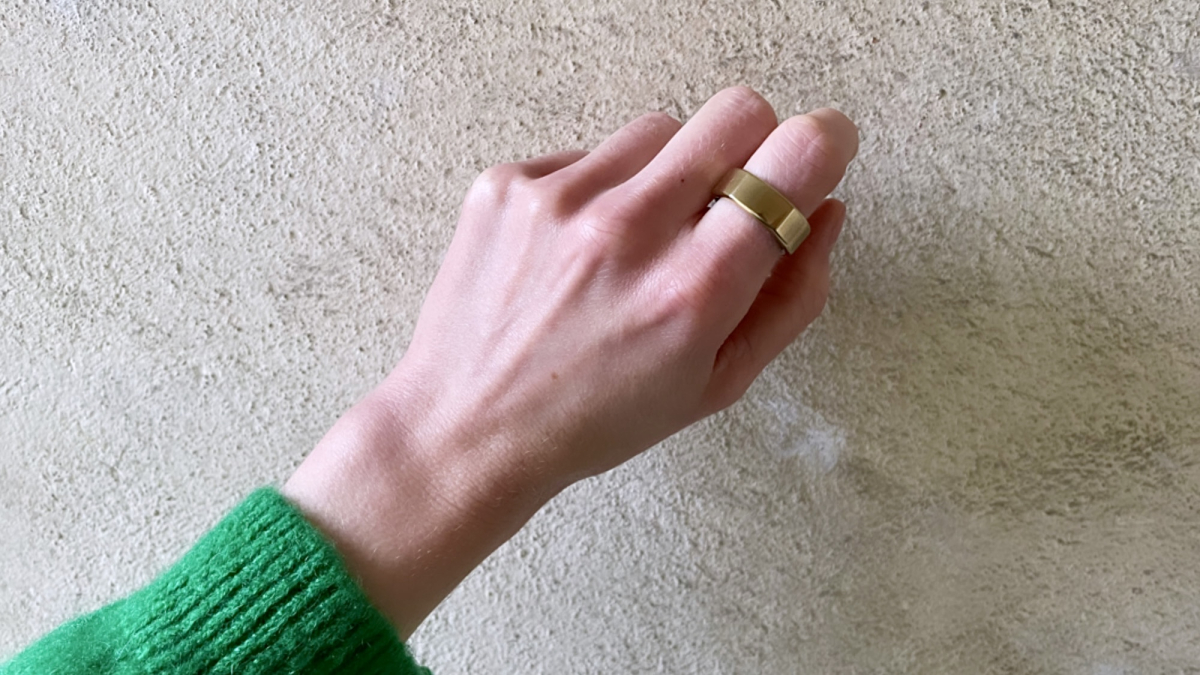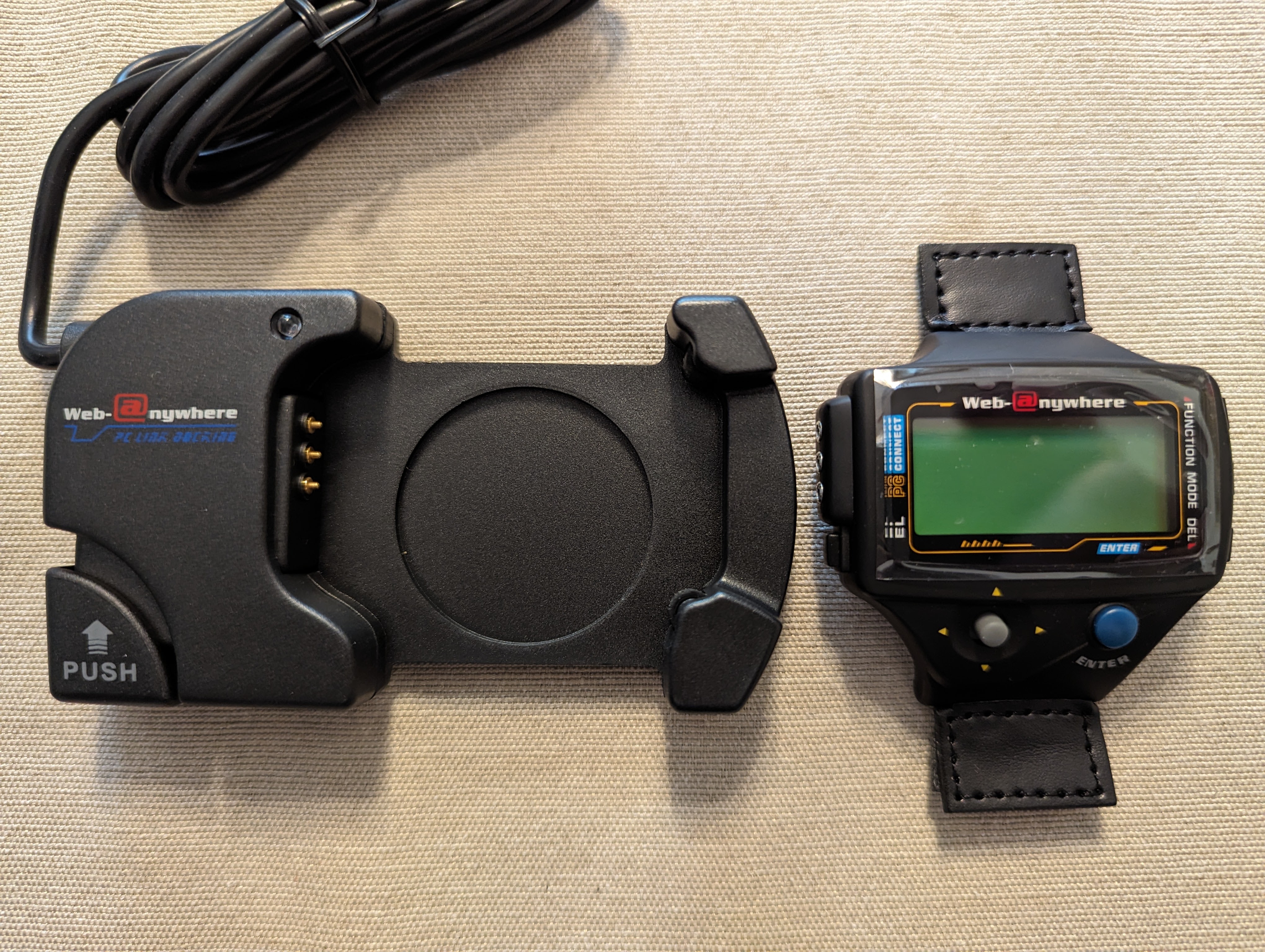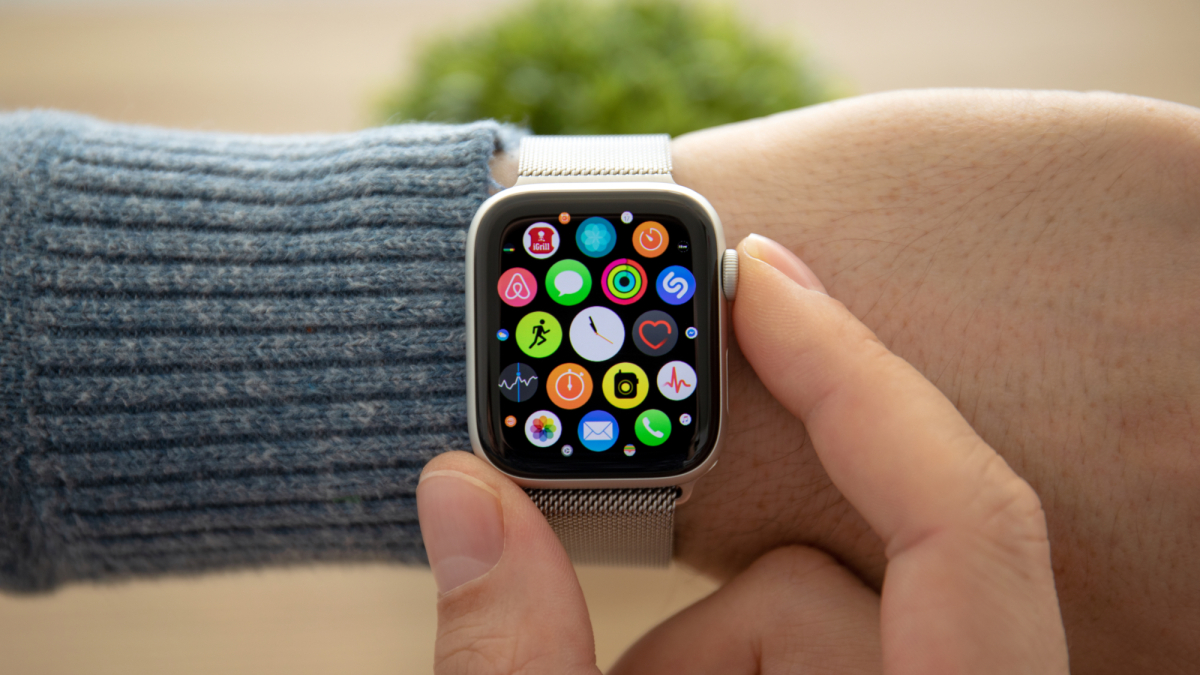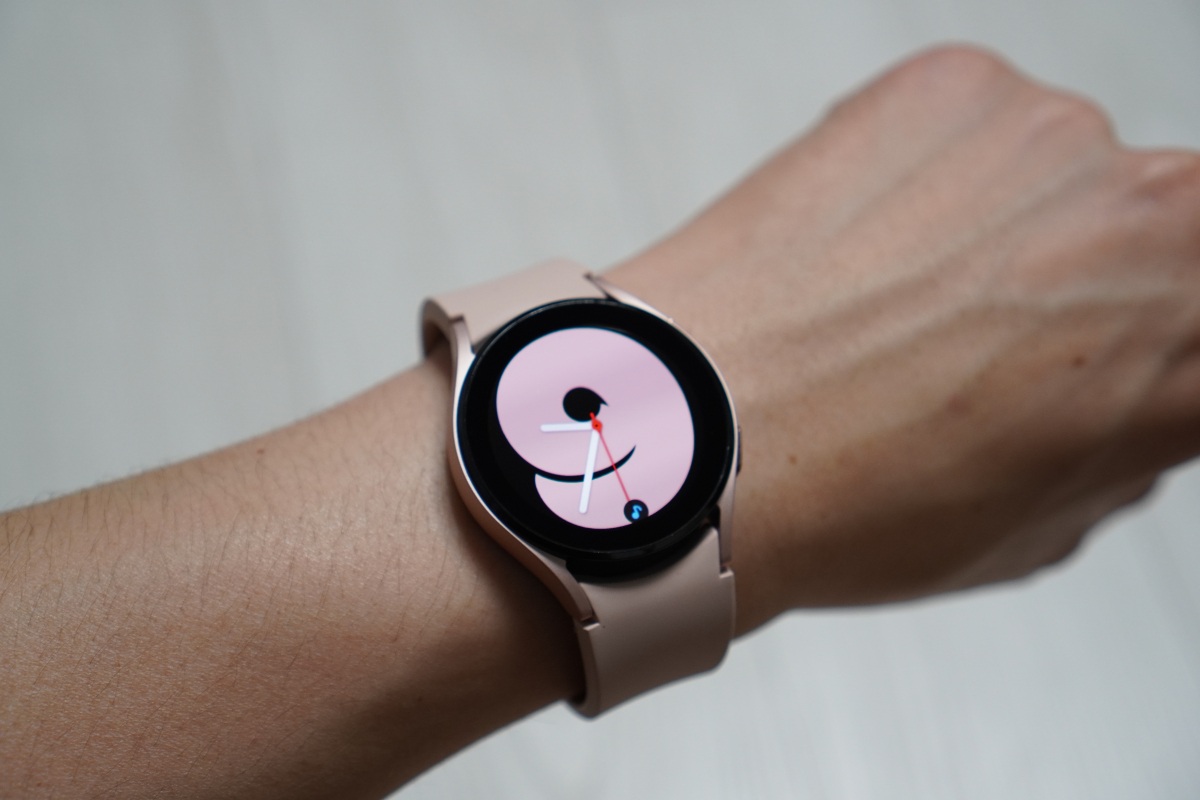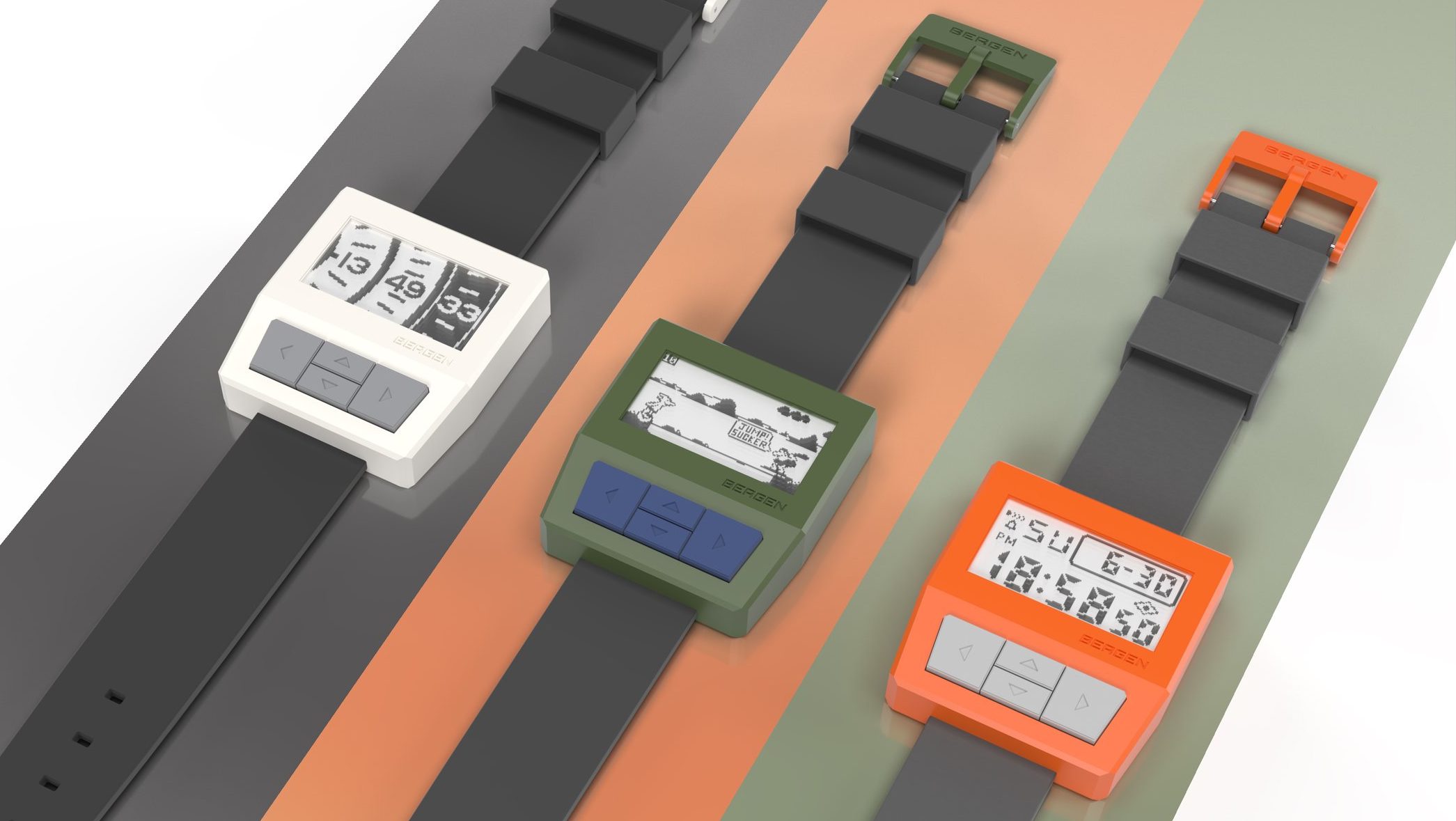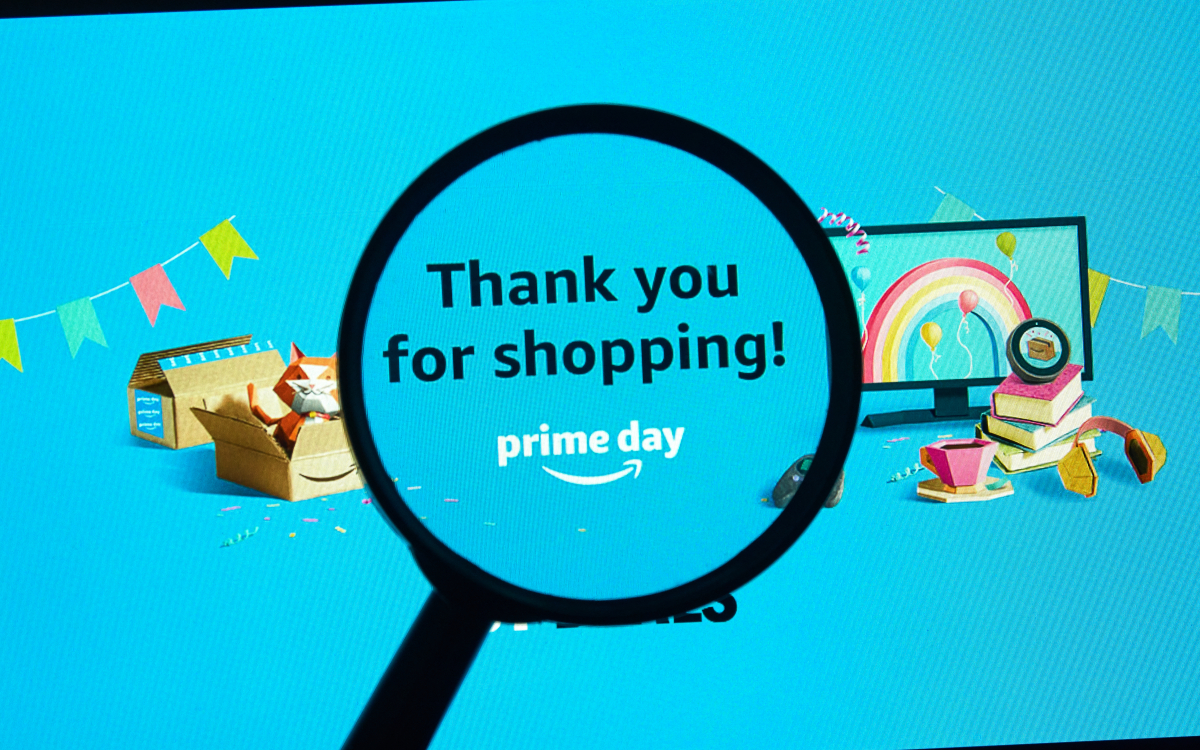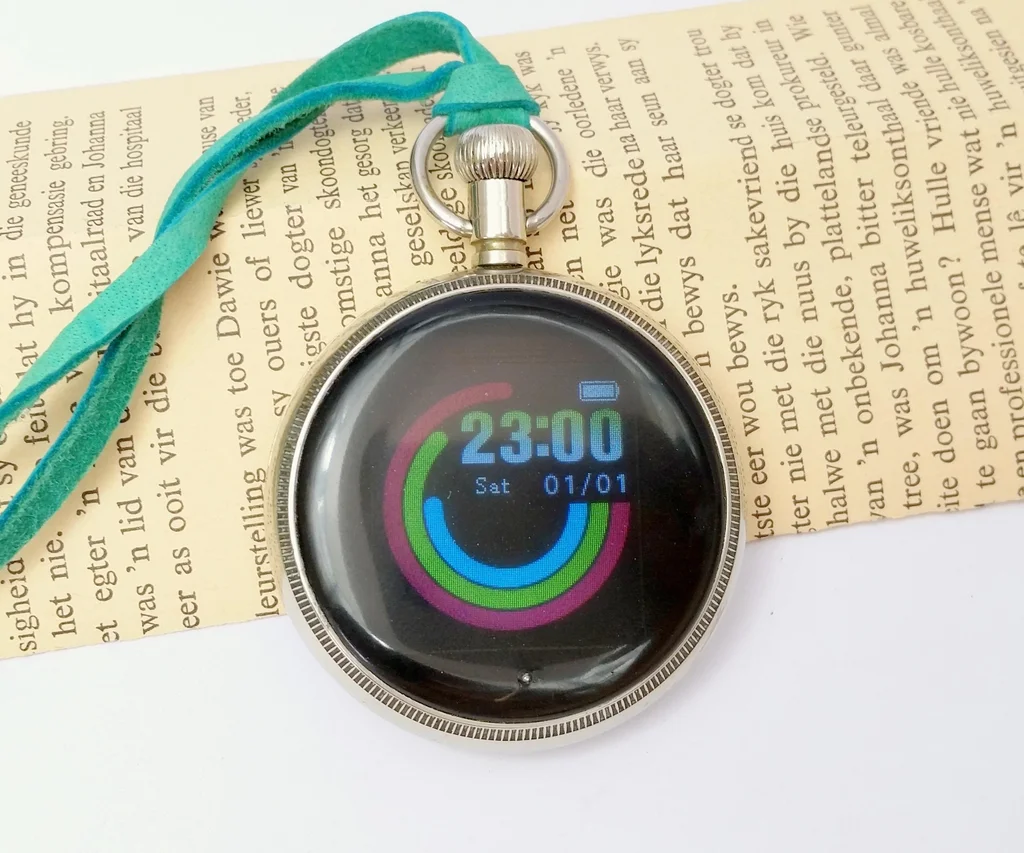#smartwatch
You can easily disassemble this repairable Spectra smartwatch using just a Phillips screwdriver
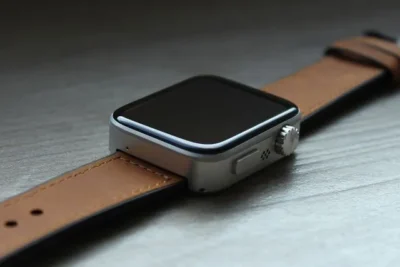
The Spectra is a new smartwatch designed from the ground up to be hackable and easy to repair. It was created by Pocuter, a company that has spent the last few years honing an expertise in building small electronics like its tiny Pocuter One computer. What makes the Spectra unique is that it’s repairable, yet with a design that mirrors the Apple Watch which is much harder to get into.
The wearable is now available for preorder through a Kickstarter crowdfunding campaign with delivery expected as early as July 2025.
The downsides are it is a Kickstarter project so we’d have to see what actually transpires, and it will run SpectraOS based on JavaScript, so will not be installing any apps from the Apple or Android store.
That said, I mostly use my watch for exercise tracking, my groceries list, and mirroring notifications from my phone. So what sort of apps are available may also be an important consideration for many.
It will be much like a modern reincarnation of the Pebble watch. If it proves popular, it may well attract a lot of app development.
See theverge.com/2024/11/22/243033…
#Blog, #righttorepair, #smartwatch, #technology
This past week, I decided to upgrade my smartwatch. The new model arrived Friday, 6-Sept.
continued at the link
Schritte, Kalorienverbrauch, Herzfrequenz: Mehr als sechs Millionen Deutsche messen ihre Gesundheit mit Smartwatches oder Fitnessarmbändern. Doch nicht jedem tut das gut.#Fitness #Tracker #Fitnesstracker #Fitnessuhr #Smartwatch #Wearables #AbnehmenMagersucht #Diät #Laufen #Joggen #Herzfrequenz #Kalorien #Kalorienverbrauch #Selbstvermessung #Medizin
Der Tyrann am Handgelenk
Es gibt zwei Methoden, wie Wearables den Herzschlag messen: die optische Pulsmessung mit Licht - und ein Herzfrequenz-Sensor, der die elektrische Aktivität des Herzens aufzeichnet.#KünstlicheIntelligenz #Smartwatch #Herz #Kultur
Shift: Wie misst eine Smartwatch den Herzschlag?
The Withings Scanwatch Light is a smartwatch for those who don’t want one: It’s a watch first, a health and fitness tracker second
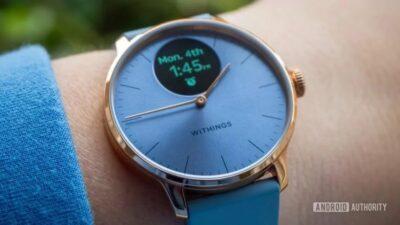
I see Withings has a few of these hybrid watches. Another quite popular one is their more rugged looking diving watch with 10 ATM water resistance (Withings Scanwatch Horizon, looking more similar to a Seiko/Rolex). The Scanwatch Light has an IP rating of 5 ATM.
They are all aimed very much at those who primarily like watches, with some smart functionality. Usually these functions are exercise, health, and notification type functions. But there will be no actual apps that install or run on the watch, so if like using a shopping list app on your smartwatch, that won’t be possible with the hybrid watch. The same goes for not having music controls or navigation directions.
So, apart from looking like a real watch, the other big plus is a good 20 to 30 days of battery life between charges.
Not a lot gets said about the analogue watch hands, but if the time of day causes either the hour or minute hands to obscure the LCD window when the crown is pushed to wake the LCD display, the hands instantly revert to 10:10 so the full LCD display is clearly visible. The app also has a setting to “true” them to the correct position.
See https://www.androidauthority.com/withings-scanwatch-light-review-3391231/
#Blog, #smartwatch, #technology, #Withings
Auch der zweite Prime Day ist Geschichte: Diese Angebote gibt es jetzt noch
#bluetooth #macbook #smartphone #router #adobe #google #googlepixel #wlan #amazonprime #peripheriegerät #samsung #ipad #apple #iphone #deals #veranstaltungenundevents #otto #amazon #softwareinfrastruktur #smartwatch #applewatch



